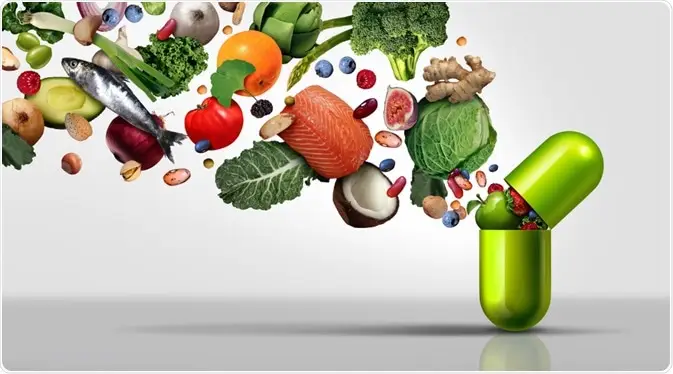Healthy eating habits are one of the best things you can do for your health. You can prevent up to 80% of stroke and premature heart disease by changing your lifestyle and knowing how to eat better. Healthy eating habits can lower your chances of suffering from stroke or heart disease.
- Lowering your cholesterol
- Lower your blood pressure
- Helping you to manage your weight
- Controlling your blood sugar
What is a balanced, healthy diet?
Canada’s Food Guide suggests eating healthy food every day. This means eating more plant-based foods and avoiding highly processed or ultra-processed foods as much as possible. A healthy diet includes:
1. Eat lots of fruits and vegetables
- This is one of your most important eating habits. Fruit and vegetables are rich in nutrients. They help maintain a healthy weight and keep you fuller for longer periods of time.
- At every meal and snack, fill half of your plate with fruits and vegetables.
2. Whole grain foods
- Whole grains These include whole grain breads and crackers as well as brown or wild rice, quinoa and hulled barsley. They are made from the whole grain. Whole grain foods are rich in fibre, protein, and B vitamins that will help you feel fuller for longer.
- Instead of using refined or processed grains such as white bread and pasta, choose whole grain options.
- Whole grain foods should take up a quarter of your plate.
3. Eating protein foods
- These protein foods include nuts, seeds and tofu.
- Protein is important for building and maintaining bones, muscles, and skin.
- Eat protein every day.
- Have at least 2 servings of fish per week and eat more plant-based food.
- Dairy products provide a great source for protein. Look for lower-fat, unflavoured alternatives.
- Use half of your plate for protein.
4. Avoid high- and ultra-processed foods
- High-processed foods are often called “ultra-processed” because they are altered from the original source of food and contain many additional ingredients. Many important nutrients like vitamins, minerals, and fiber are lost during processing. salt, sugar, are then added. Fast food, chips, cookies and frozen pizzas are all examples of processed foods.
- There are some foods that can be considered minimally processed. They are foods that have been slightly altered but not containing any industrially-made additives. The essential nutrients are retained almost entirely in minimally processed foods. You can find these examples in bagged salads, frozen fruits and vegetables, eggs, milk and cheese, as well as brown rice, oils, dried herbs, and flour. These foods are not processed, we advise you to avoid processed foods.
- Research funded by Heart & Stroke found that almost half of Canadians eat ultra-processed foods.
5. Make Water Your Preferred drink
- Water is good for your health. It also promotes hydration and helps you lose weight.
- Many sugary drinks such as energy drinks, fruit juices, 100% fruit juice, and flavored coffees contain lots of sugar with little or no nutritional value. It’s easy to consume empty calories and gain weight without even realizing it.
- Fruit juice should be avoided, even if it’s 100% fruit juice. It may have some of the same benefits as the fruit (vitamins and minerals), but it contains more sugar than the fruit, and has less fiber. Fruit juice should never be consumed in place of fruits. Canadians should consume their fruits and not drink them.
- If safe drinking water is unavailable, you can quench your thirst by drinking coffee, tea, or unsweetened, lower-fat milk.
- If you are pregnant drink enough water, because you are at risk of dehydration during pregnancy.
Top 5 Tips for How to Eat Better from the Experts
- You can prepare most of your meals at-home using fresh or minimally processed ingredients. To keep it interesting, you can choose from a range of proteins. You can plan by using catchy names for each day. Use this meatless recipe to try “Meatless Monday”.
- This is the best way to prepare quick and easy meals.
- Make sure to choose recipes that include lots of fruits and vegetables. You should aim to fill half of your plate with fruits and vegetables at each meal. Brightly colored fruits and vegetables are best, especially dark green and orange vegetables. You can also buy frozen or canned unsweetened vegetables and fruits.
- Drink water instead of sugary beverages. A good option to keep hydrated is low-fat, unsweetened milk. You can always take a water bottle with you wherever you go.
- Reduce the amount of food you eat. At least three meals per day, with snacks between. You are more likely than not to eat healthy food if you wait too long before you eat. For emergencies, keep easy-to-eat snacks in your bag or purse.
